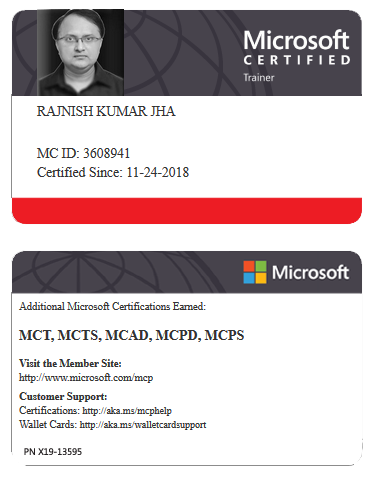Exploring Docker containers: Container Lifecycle
Working with Docker containers involves managing the lifecycle of containers through various operations such as building images, pulling images, and running containers.
Below is an overview of the container lifecycle using Docker commands.
1. Docker Lifecycle: Building, Pulling, and Running Containers
1.1 Docker Build
Docker Build creates a container image from a Dockerfile.
Steps:
Create a
Dockerfilespecifying the base image, dependencies, and commands.Use the
docker buildcommand to create an image from the Dockerfile.
Command:
xxxxxxxxxx11docker build -t my-image-name:tag .Example:
xxxxxxxxxx11docker build -t my-app:latest .1.2 Docker Pull
Docker Pull downloads an image from Docker Hub or other registries.
Steps:
Pull an image from Docker Hub or a private registry using the docker pull command.
Command:
xxxxxxxxxx11docker pull <image-name>:<tag>Example:
xxxxxxxxxx11docker pull nginx:latest1.3 Docker Run
Docker Run starts a container from a pulled or built image.
Steps:
Pull or build an image.
Start a container using the
docker runcommand.
Command:
xxxxxxxxxx11docker run [OPTIONS] <image-name>:<tag>`Example:
xxxxxxxxxx11docker run -p 8080:80 nginx:latest2. Detailed Steps for Docker Build, Pull, and Run
2.1 Docker Build Process
Create Dockerfile:
xxxxxxxxxx51FROM ubuntu:20.04`2RUN apt-get update && apt-get install -y curl`3COPY . /app`4WORKDIR /app`5CMD ["python", "app.py"]`Build Image:
xxxxxxxxxx11docker build -t my-app:latest .`
2.2 Docker Pull Process
Pull Image:
xxxxxxxxxx11docker pull alpine:3.152.3 Docker Run Process
Run Container:
xxxxxxxxxx11docker run -p 8080:80 my-app:latest3. Docker Container Lifecycle
Docker Build
Used to create a new container image.
Specifies the steps Docker should follow to create the image.
Docker Pull
Used to download pre-existing images from Docker Hub or private registries.
Ensures the latest or a specific version of an image is used.
Docker Run
Starts a new container from a specified image.
Allows customization through various options such as ports, environment variables, volumes, and more.
4. Managing Containers
Stopping and Removing Containers
Stop a container:
xxxxxxxxxx11docker stop <container-id>Remove a container:
xxxxxxxxxx11docker rm <container-id>
Listing Containers
List Running Containers:
xxxxxxxxxx11docker psList All Containers:
xxxxxxxxxx11docker ps -a
5. Using Docker Compose
Docker Compose simplifies the process of managing multi-container applications.
Example Docker Compose File (docker-compose.yml):
xxxxxxxxxx101version'3'2services3 web4 imagenginxlatest5 ports6"80:80"7 volumes8my-data-volume:/data9volumes10 my-data-volumeUsing Docker Compose:
xxxxxxxxxx11docker-compose up --buildThis builds, starts, and manages multi-container environments with ease.
Summary
By following these steps, you can effectively manage the lifecycle of Docker containers through building, pulling, and running.






















Leave a Reply